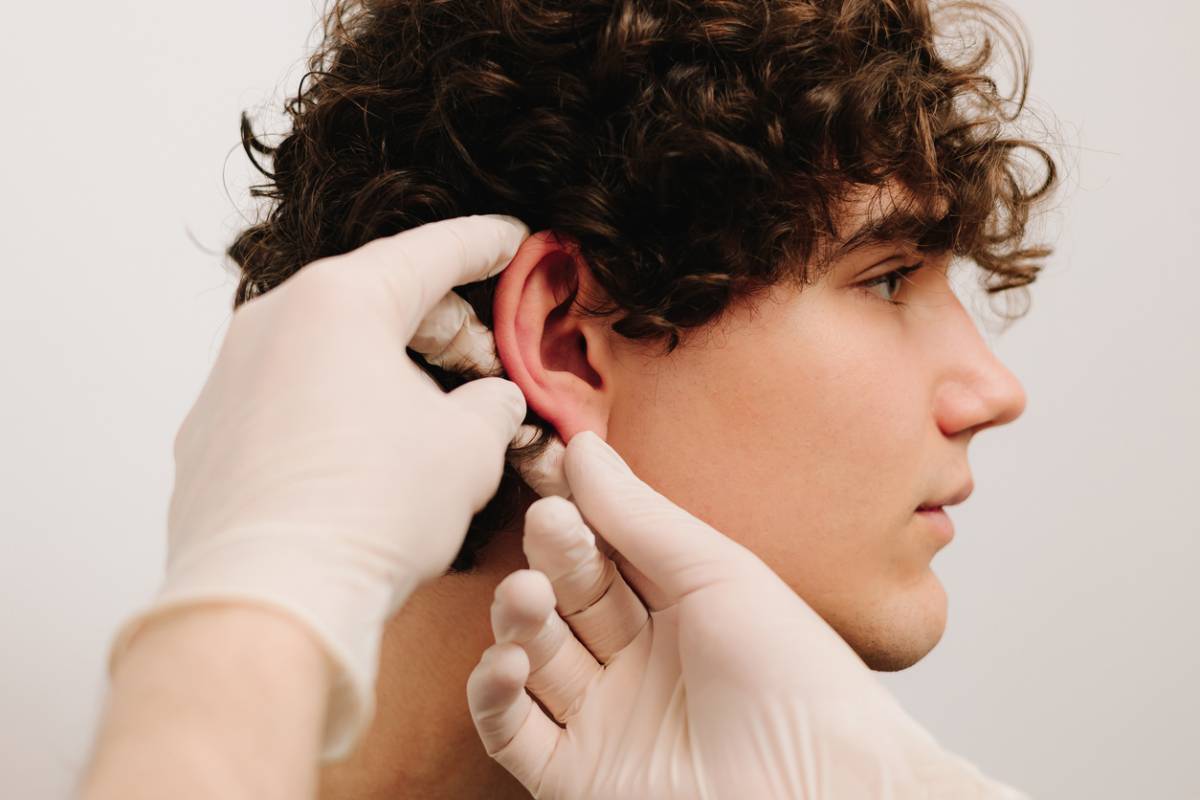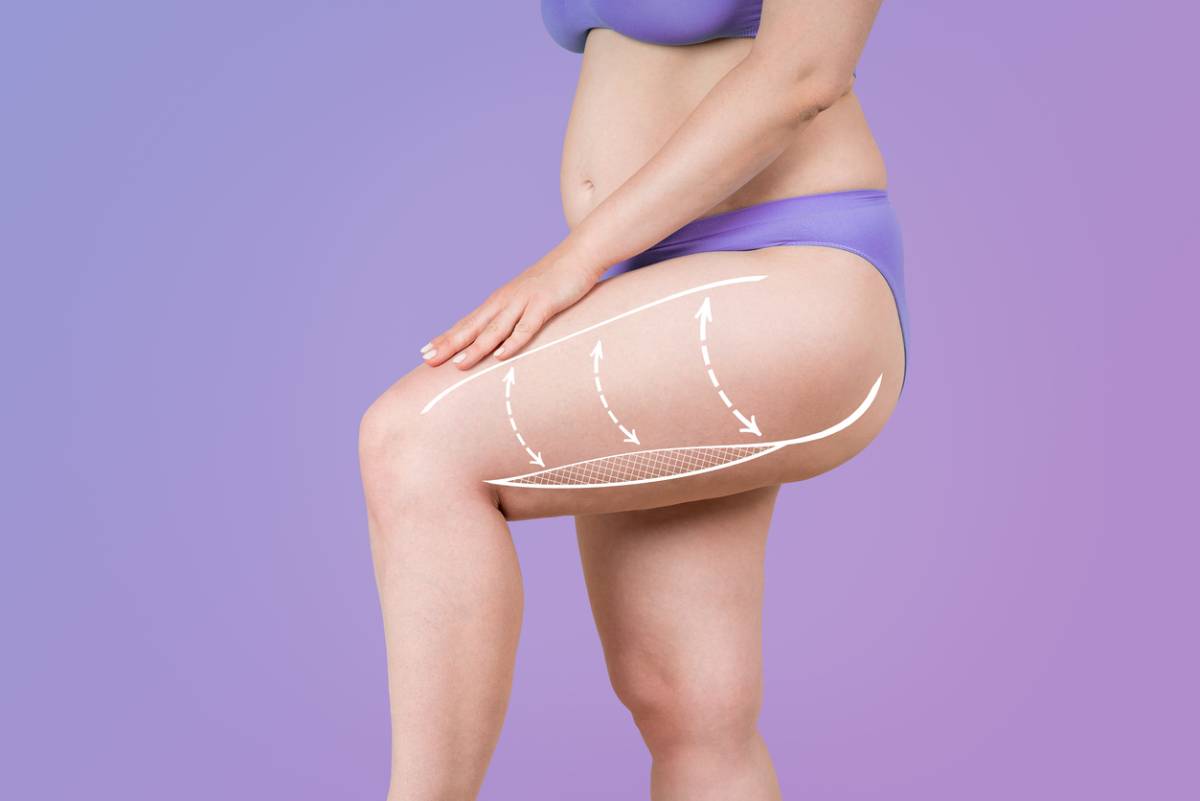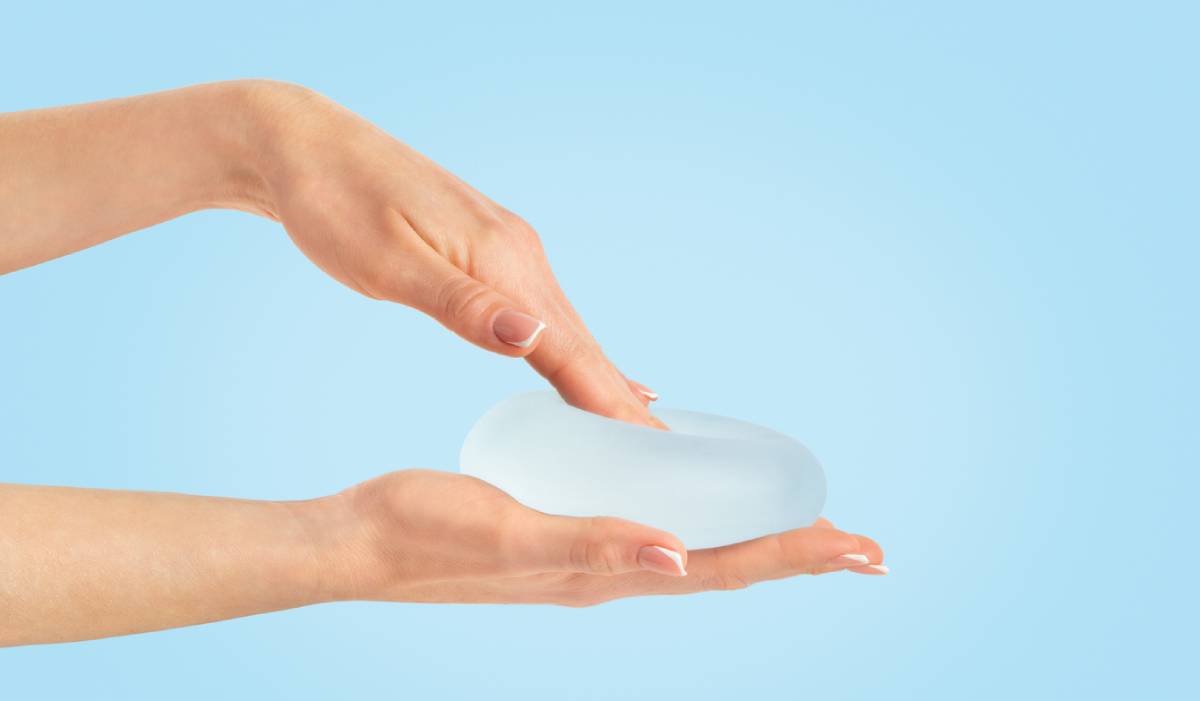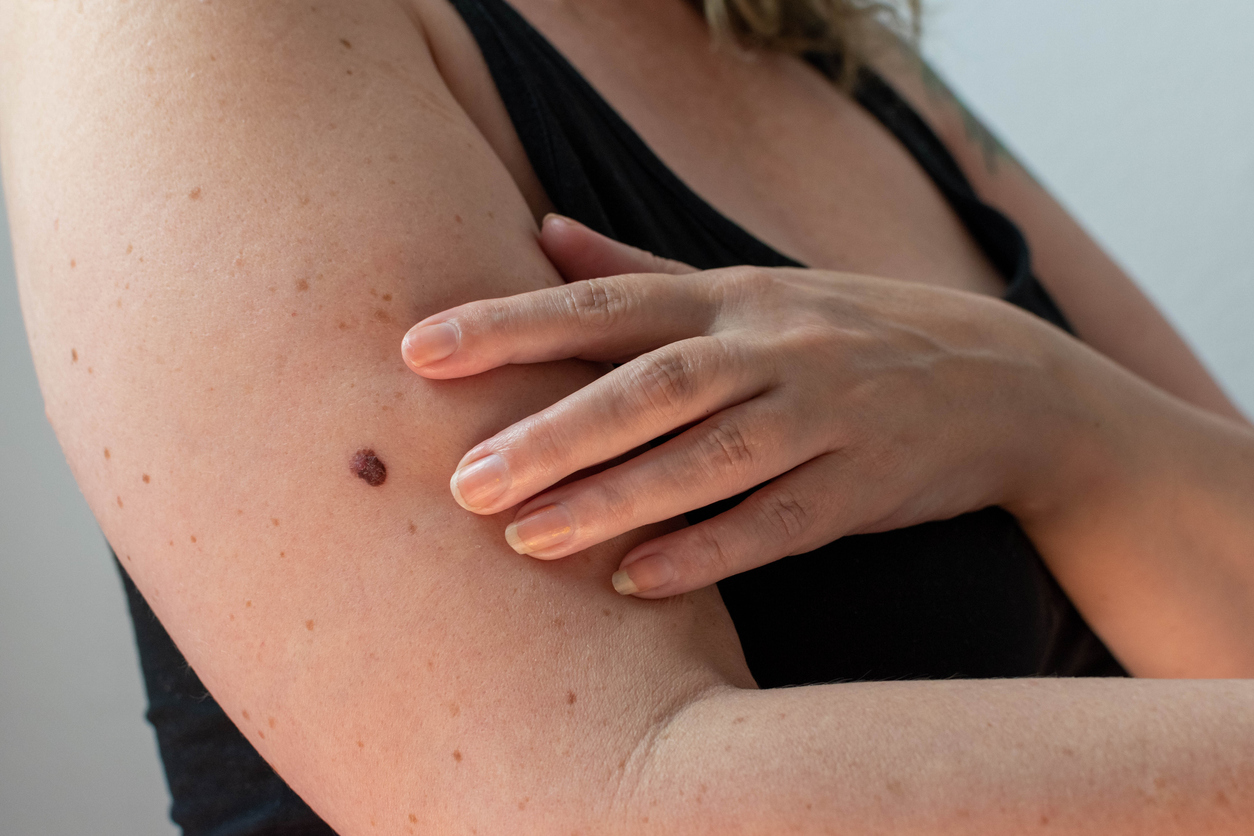Who Is a Good Candidate for Otoplasty?
Otoplasty is commonly referred to as ear pinning surgery. It is a cosmetic procedure designed to reshape or reposition the ears. The results provide a more natural and balanced appearance. It can also address ear deformities caused by congenital disabilities or injuries. For many people, the procedure can boost self-confidence by providing improved facial harmony after the procedure. You may wonder, who is a good candidate for otoplasty? Below, you will find more information about why the procedure is correct for you.
Who Is a Good Candidate for Otoplasty?
Otoplasty is a safe and effective procedure. There is minimal downtime, which makes the recovery process smooth. Otoplasty reshapes and repositions the ears closer to the head. Many people are unhappy with the appearance of their ears. If any of the following apply to you, you are a great candidate for the procedure.
Prominent or Protruding Ears
Individuals with ears that stick out and are highly noticeable are good candidates for the procedure. For many people, protruding ears can cause issues with their confidence and self-esteem. Many young children are teased for it, which can impact their social and emotional development. Children as young as five years old can undergo otoplasty, which is a permanent solution to protruding and prominent ears.
Ear Asymmetry
Ears that are asymmetrical or misshapen can be noticeable. Their prominence can cause insecurity and leave people feeling self-conscious about their appearance. People with protruding or asymmetrical ears may try to grow their hair out and wear it in ways that will cover their ears. Otoplasty can give people an alternative to hiding this perceived fault by addressing asymmetry through the reshaping of the cartilage. They may also be able to have their ears repositioned to create a more cohesive look. In either case, the surgery results in a more balanced look and improves overall facial harmony.
Congenital Deformities
Some people are born with ear deformities. Congenital deformities may result in ears that fold down or are missing natural folds. There are also severe congenital conditions that result in underdeveloped ears. Each of these conditions can impact the appearance of the ears. In some cases, congenital deformities can lead to functional issues as well. Because children as young as five can undergo otoplasty, it is a beneficial procedure for addressing ear complications that are present from birth. Addressing the issue early on can improve the appearance and function of the ears for the child’s entire life.
Ear Trauma or Injury
Accidents or injuries can impact the ears and affect their appearance or function. Reconstructive otoplasty can combat these effects. Specifically, a surgeon may be able to repair the cartilage, replace lost tissue, adjust the position, or address the shape of the ears. For these reasons, those with prior ear injuries or trauma can benefit from plastic surgery and leave the procedure feeling much more confident.
Confidence of Self-Esteem Issues
Many children with ear issues, especially protruding ears, may have issues with their confidence. Younger patients are especially vulnerable to teasing or bullying at school, which can impact their social and emotional development. Some children and teens may be isolated or even become depressed in severe cases. If your child is facing teasing because of their ears, this is an indication that they are a good candidate for otoplasty.
Candidacy Requirements for Otoplasty Surgery
If you think you would be a good candidate for otoplasty, the first step in moving forward is scheduling a consultation. A skilled plastic surgeon can assess your ears and determine if you are a good candidate for the procedure. As discussed, candidates for the procedure often include those who have protruding ears, ear asymmetry, congenital deformities, or prior trauma. Candidates must also meet certain criteria to move forward with the surgery.
Fully Developed Ears
Candidates must have fully developed ears. By age five or six, children’s ears are almost entirely developed.
Good Overall Health
Candidates must be in good overall health. If you have any chronic conditions, they must be well-managed before surgery. Patients should be non-smokers. If you smoke, inform your surgeon as soon as possible. You will need to stop smoking before and after surgery.
Realistic Expectations
Patients should have realistic expectations about the procedure. Otoplasty can improve the appearance and function of the ears. The patient should understand the extent of the procedure and how it will change their appearance.
Emotionally Prepared
It is important to be emotionally prepared for the procedure. For many adults, this is not an issue. However, young children may not be ready emotionally until they get older.
Good Ear Health
The patient should have good ear health. They cannot have an infection, inflammation, or untreated skin issues. If the patient has skin conditions, such as eczema or psoriasis, they need to be well-managed before surgery.
Otoplasty in Beverly Hills!
Call or visit Dr. Brent’s office today to start your otoplasty journey.




